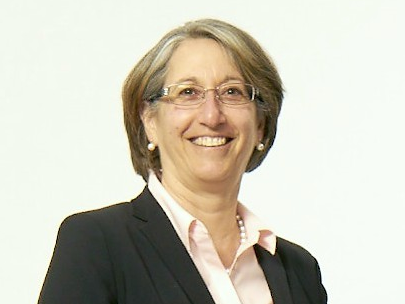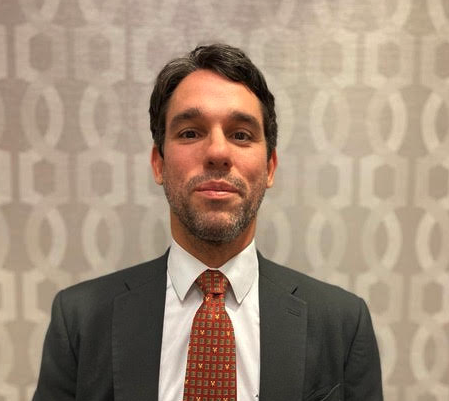Alternative Investments: Disrupting The Industry
| By Gabriela Huerta | 0 Comentarios

“We brought together the true disruptors of the financial industry to ask them to share their vision of the market,” said Claudio Izquierdo, Chief Operating Officer of Participant Capital, in his opening remarks at the Miami Investment Forum. This one-day closed event convened over 200 financial advisors, politicians, attorneys, real estate experts from the U.S., and Latin America at the PARAMOUNT Miami Worldcenter, the second largest development in the U.S.
“As Amazon and Airbnb disrupt the retail and hospitality industries, we disrupt the real estate investment field with our own products,” said Daniel Kodsi, CEO of Participant Capital and Royal Palm Companies, presenting his next ground-up debut – Legacy Hotel & Residences. The mixed-use tower, rising across the street from the PARAMOUNT Miami Worldcenter, is an excellent example of how one development consolidates all of the trends that are driving opportunities in real estate.”
Daniel Kodsi, a real estate veteran, believes, among the fundamental shifts, we will continue to see strong demand for mixed-use products and branded residences that provide the services and amenities of a full luxury hotel to residence users. The luxury market will continue to bring the younger affluent buyers to South Florida attracted by the state’s sunshine and lack of income tax. The healthcare sector is another gamechanger, moving its urgent care services and medical facilities out of the hospital closer to the residents. Legacy Hotel & Residences will be equipped with the city’s first-of-its-kind medical and wellness center, with digital diagnostic walls and doors, “herbal baristas,” IV solutions, hormonal balancing, and more.
The keynote speaker, former senator Jeff Flake, was impressed with significant transformations that are happening in Miami. He shared his view on the political landscape during the election year. Despite all the issues that we have, Jeff Flake said, “the U.S. is a center-right country and its tax and regulatory policy are conducive to business.” “It will continue whatever administration is in,” concluded Flake.
David G. Shapiro, co-chair of the tax, compensation, and employee benefits group of Saul Ewing Arnstein & Lehr LL, covered investments in opportunity zones and its capital gain taxation benefits. Emilio Veiga Gil, Executive VP of FlexFunds, presented case studies in asset securitization. Sergio Alvarez Mena, partner at Jones Day, brought legal perspectives on doing business in Latin America and the U.S.
The C-Suite panel was devoted to disruptive trends in the financial advisory model. While independent RIA’s models continue to rise and new emerging tools are flooding the financial market, Craig Gould, President of Wentworth Management Services, noted that when it comes to retaining top talents in the industry, this golden rule works best: “Do what you say, process business on-schedule, and provide payment on time. And your advisors will not have a reason to leave.”
After the presentations, Participant Capital welcomed guests to a cocktail reception on the 7th floor pool deck. That night, thousands of lights illuminated the PARAMOUNT Miami Worldcenter in recognition of the first Miami Investment Forum. Participant Capital has said that this event would come to the new locations this year. Stay tuned!
To watch the corporate 2020 forum video, follow this link.








